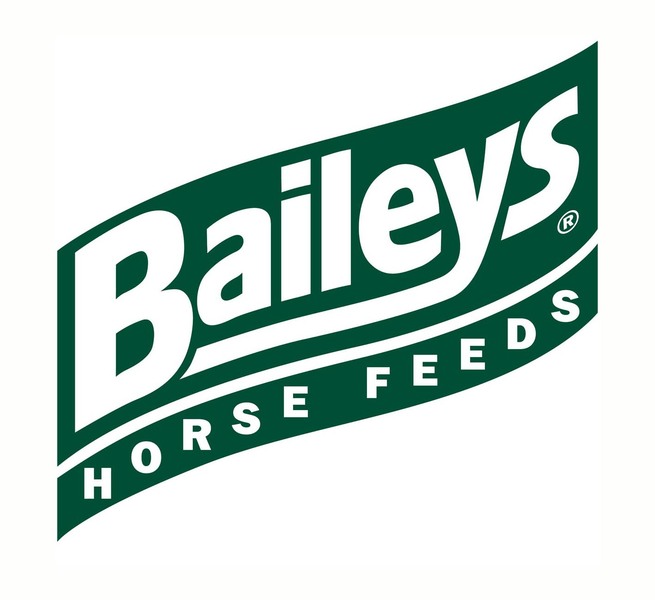


|
Baileys Horse Feeds/British Breeding Futurity
The Veterinary Assessment The veterinary surgeon will ascertain that the horse is sound and safe to participate (i.e. shows no signs of lameness or disease). The horse will be assessed statically and in motion in walk and trot. The vet’s opinion is final in such matters. You will be given instructions as to what the vet would like to see during this stage, and actions you are advised to follow. If you do not understand, please ask now because it is difficult to revisit any concerns later. The Veterinary Mark This gives a mark for the horse’s feet, limbs, musculo-skeletal build and condition score on the day. This means that the vet assesses the overall orthopaedic health state of the young horse at this early stage of its development with particular emphasis on identifying signs that certain tissues such as joints, growth plates etc are developing in an appropriate way.The vet’s findings are shared with the handler and/or owner as the assessment happens and they are expected to take note of the vet’s observations and take into account any advice offered by the vet. The mark you will be given is made up 50% of what the vet sees on the day and 50% of the vet’s experienced judgement on the horse’s potential to stay sound under the rigours of modern competition PROVIDED any warnings given, as outlined above, are adhered to and that any issues which have been identified are properly managed. If you do not understand, please ask. The overall mark therefore gives a reflection of whether the conformation and physical structure of the horse is such that the horse is likely to REMAIN SOUND and still be competing at the peak of its ability. It must be remembered that some conformational features may not necessarily compromise a horse’s ability to perform long term, and some may. A vet’s judgement as to the severity and likely impact of any feature or condition is crucial. Veterinary conformation assessment vs evaluator frame assessment The difference between this veterinary assessment and the “frame” assessment undertaken by the panel of evaluators is that the evaluators are looking at the build required for potential success in the chosen discipline. They are looking for build, related to discipline, which will make a horse stand out and the criteria they will assess are broadly as follows: Head proportional, throat latch clean, neck muscled over top line and neck length appropriate and proportional, body direction, shoulder sloping, withers defined and sloping gradually to back, good saddle position, back and leg length proportional, croup length and shape of back and loins appropriate. For example, research (Holmstrometal,1990) has shown that successful elite showjumpers have a significantly longer neck than elite dressage horses or "normal" horses. This would not be relevant to a veterinary assessment, but the evaluators would take this into account in their “frame” score. The veterinary surgeons conducting the veterinary assessments are members of BEVA and have been drawn from an approved panel of properly briefed specialist sport horse vets, led by the Futurity’s Chief Veterinary Surgeon – Jane Nixon. The vet will provide written feedback as well as verbal feedback. Please listen to what the vet says. Futurity vets are highly experienced and will offer you constructive advice as to how to deal with any conditions they may identify. This is intended to help you. If you have any questions please ask now. It becomes very difficult to deal fairly with misunderstandings after the event and we cannot undertake to be able to do so. The handler/owner should ensure that the horse is used to having its ears, eyes, teeth and hooves examined by unfamiliar people. The horse must also accept examination of its skeletal frame, tendons and ligaments by a veterinary surgeon using both visual methods and palpation if required. The horse should be used to walking and trotting in a straight line away from and towards the vet and, if it is wearing a bridle, should have been introduced to the bit in plenty of time to become accustomed to it. Please note that it is your responsibility to present a horse in a suitable state to be assessed. Low scores attributable, for example, to poor hoof care, obesity or under nourishment or a horse insufficiently well prepared to present themselves adequately for the vet are your own responsibility. The vet can only assess what they see before them, please make sure your horse will walk and trot in hand and stand still. Please see the other Factsheets for pre Futurity hoof trimming recommendations. No hoof dressings and no applications of chalk or any other products to the hair please.
T: 07834 194821 (Eva) or 07799 701521 (Sasha) E: info@british-breeding.com www.british-breeding.com |
||